Since you've added the jQuery tag, I had a sneaky suspicion as to this being a jQuery thing. A quick google brought me to this page. When using jQ's detach method, a reference to the object is still kept in memory, so that could be causing your snapshot.
Another thing could be that jQuery has a div node at hand, which is -obviously- kept in memory, but never added to the actual dom... a sort of document.createNode('div') without appending it. This, too, will show up in the memory snapshot. You can't get around this, jQuery uses it to parse strings into html elements.
So to remove some elements from memory, use the jQuery .remove() method, and your mem will be cleared instantly.cf Esailija's comment on why remove doesn't quite fit the bill here.
$('#someElem')[0].parentNode.removeChild($('#someElem')[0]); Should remove the element altogether, but might not unbind the events. Perhaps something along the lines of:
$('#someElem').detach();//to remove any event listeners
$('#someElem')[0].parentNode.removeChild($('#someElem')[0]);//remove element all together
And, again, as Esailija pointed out in his answer, make sure that you assign references to any jQuery object (var someRef= $('.someSelector');) to a global variable, as they won't be GC'ed. Just avoid globals all together, in fact.
But to answer your question briefly, and clearly: no these aren't real memory leaks, the memory should be freed on the onbeforeunload event. The jQuery object is deleted, so all references go out of scope. At least, That's what my "research" lead me to believe. Perhaps not entirely relevant, but just as a reference Here's a question on mem-leaks I posted a while back, and with it a few things I found out..

